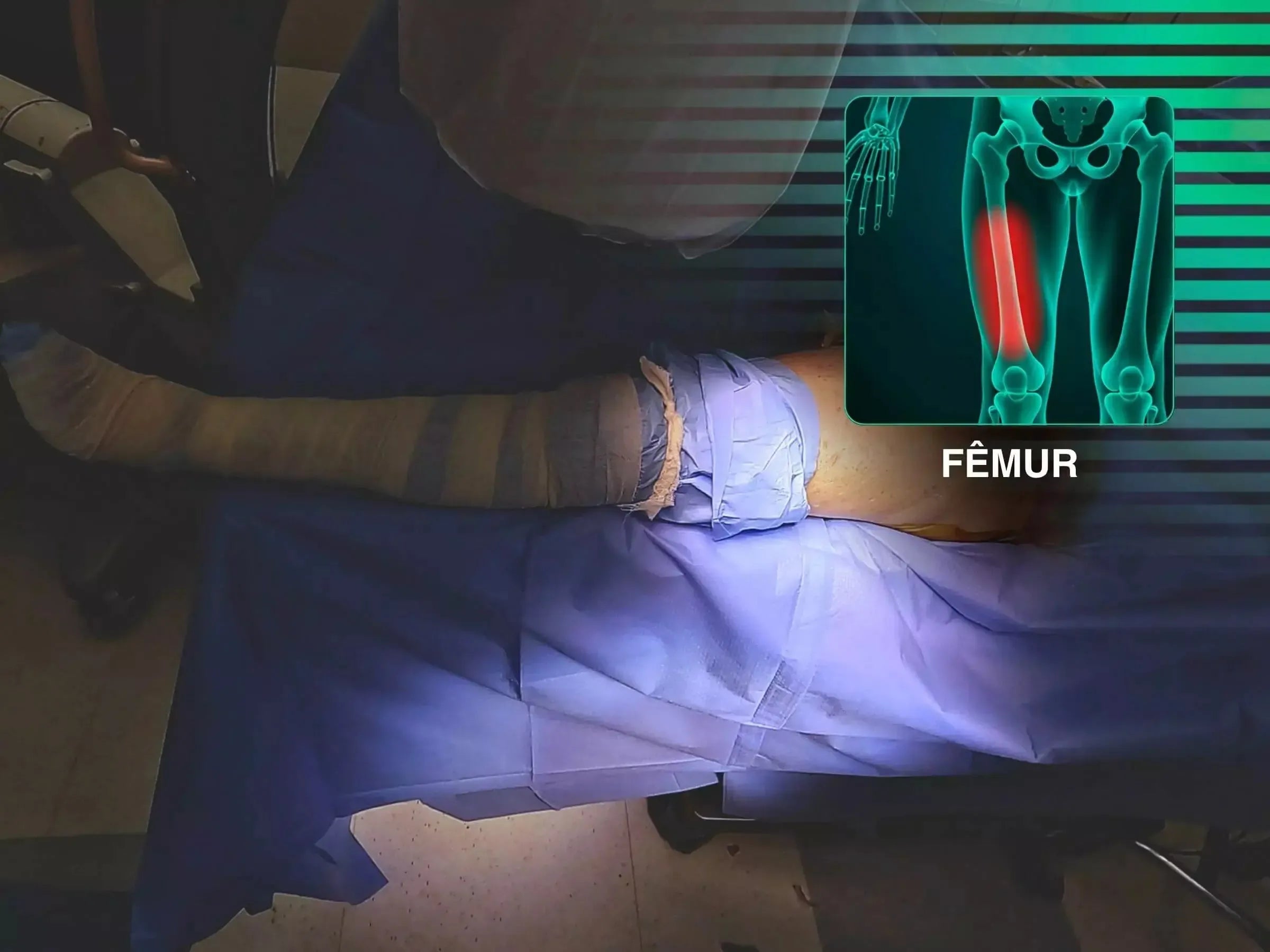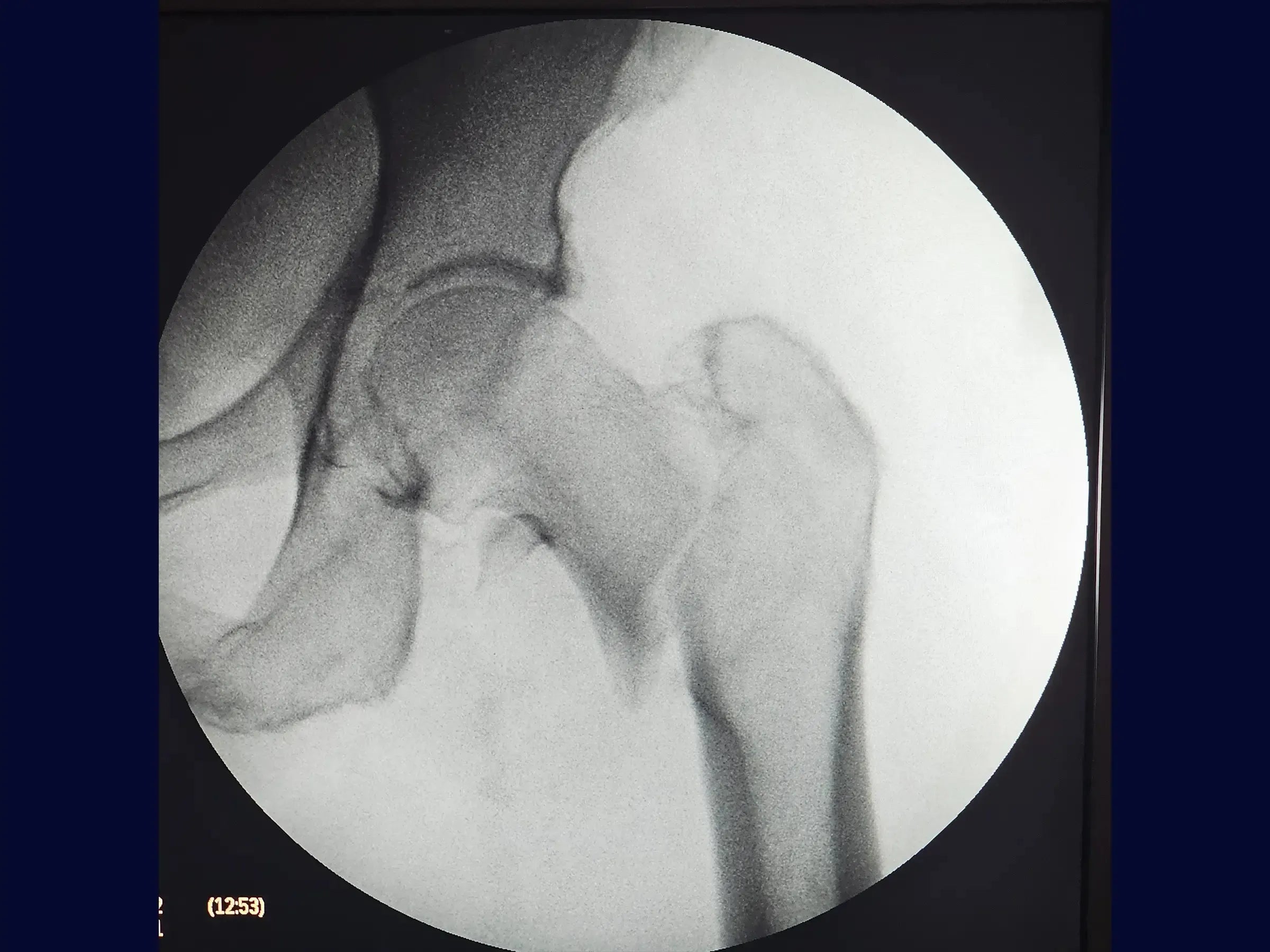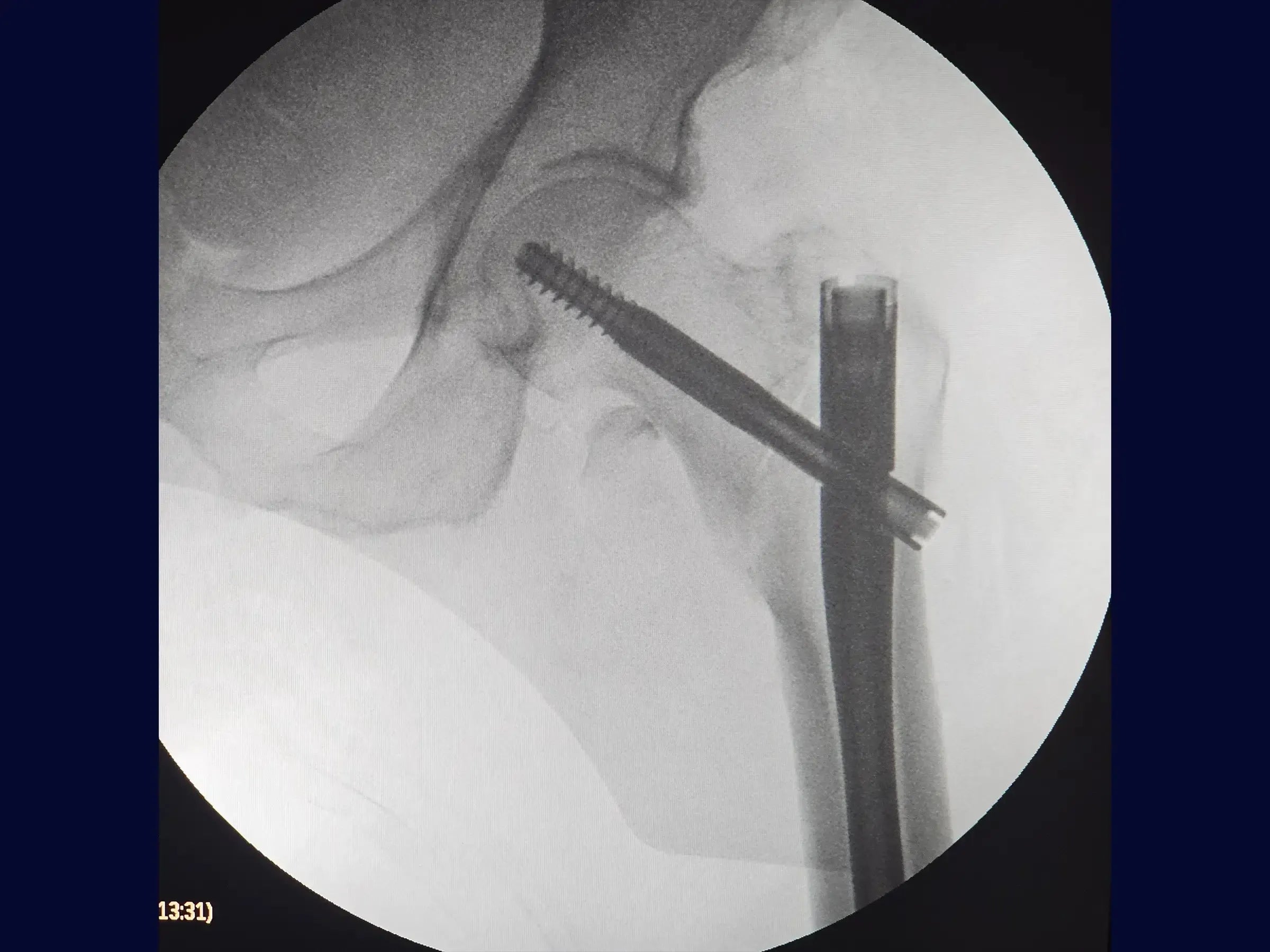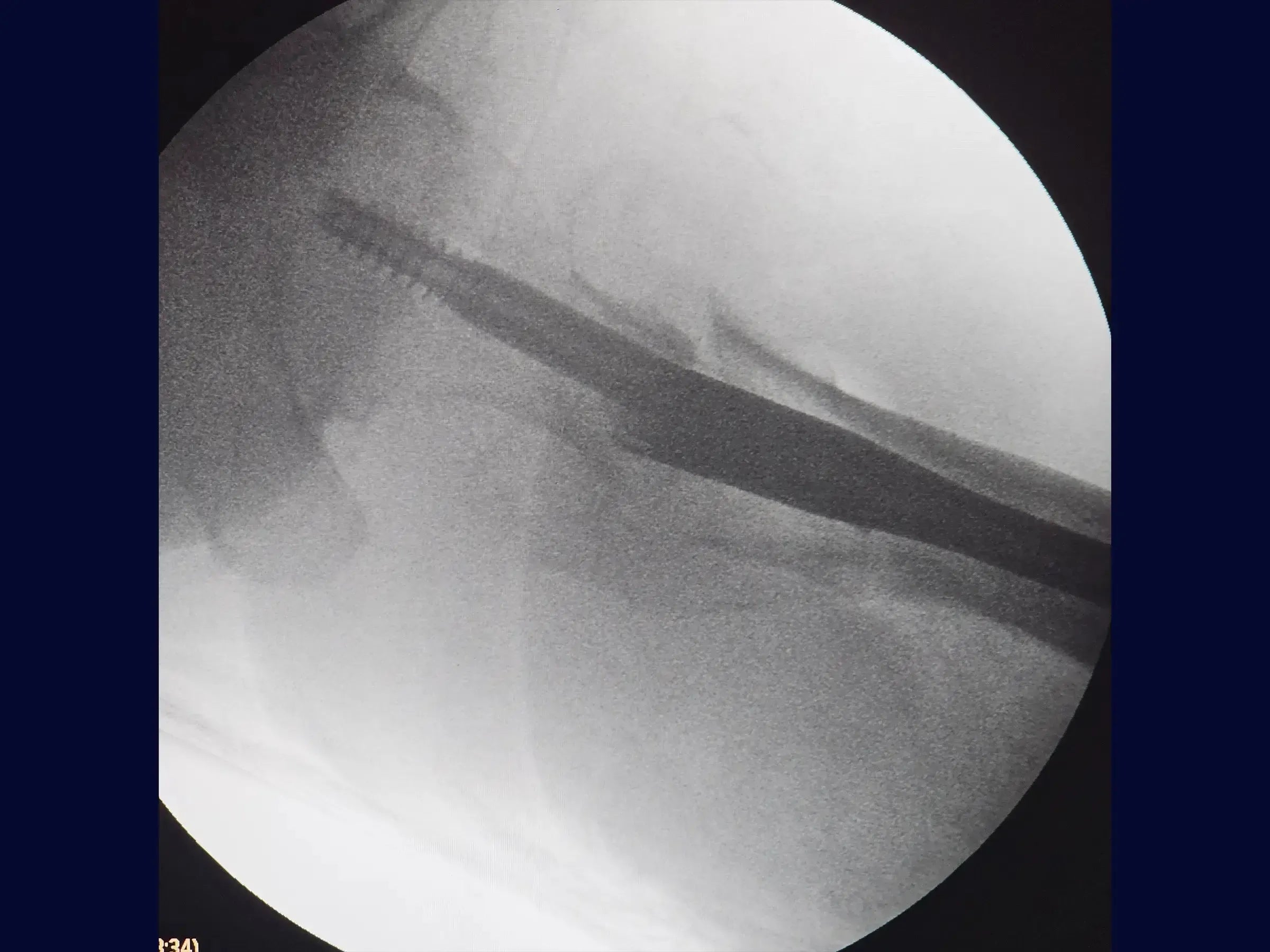





Proximal Femur Fracture Treatment with Intramedullary Nail and See-Saw Maneuver
Master femoral osteosynthesis in the elderly: explore techniques without traction tables and the "seesaw" maneuver.


Videos em 4k
Dublagem Profissional
Escolher opções







Descrição
The treatment of unstable proximal femur fractures in elderly patients represents a significant technical challenge, often hindering the proper execution of the surgical procedure. This training offers a practical immersion in the osteosynthesis of the proximal femur with an intramedullary nail, presenting an optimized approach that includes positioning without a traction table and the "seesaw" maneuver, all detailed in high-resolution video from a surgical perspective to facilitate replication.
Training Focus:
- Patient positioning technique without a traction table.
- "Seesaw" reduction maneuver for impacted and valgus fractures.
- Management of guide wire insertion and opening of the medullary canal.
Detailed Content:
- Non-Traction Positioning: Methodology for positioning the patient, including the use of a gynecological brace for the contralateral limb, optimizing the surgical field and fluoroscopic visualization.
- Precise Guide Wire Insertion: Protocols for creating the entry portal aligned with the anterior superior iliac spine, modeling the guide wire for better angle of attack, and radiological verification for centralization and prevention of obliquity.
- Safe Opening of the Spinal Canal: Technique for using the guide/soft tissue protector, directing it medially to protect the lateral cortex of the femur during milling.
- Short Intramedullary Nail: Systematic approach for the insertion of the nail and removal of the guide wire, considering the challenges of impaction and valgus deviation.
- Reduction Maneuver "Seesaw": Demonstration of the reduction technique for proximal fragments in valgus or impacted positions, including the creation of a secure mini-portal and the application of leverage to achieve and maintain anatomical reduction with minimal manipulation.
- Definitive Fixation: Sequence for the introduction of the guide wire and sliding screw, strategic positioning of the locking screw (with adjustment for pistonization) and insertion of the distal locking screw, ensuring stability.
- Minimization of Access and Tissue Trauma: Strategies to perform the procedure with reduced entry portals, promoting a minimally invasive approach and favoring early patient mobility.
Included Material:
- Detailed PDF: A guide that summarizes the principles of osteosynthesis for unstable proximal femur fractures with intramedullary nail, the positioning methodology without a traction table, the steps for the precise insertion of the guide wire, and a detailed description of the "seesaw" reduction maneuver, along with a practical guide for definitive fixation.
Enhance your skills in orthopedic trauma surgery. Enroll now and master the techniques of proximal femur osteosynthesis with intramedullary nail and the seesaw maneuver, optimizing your surgical outcomes and patient recovery.

